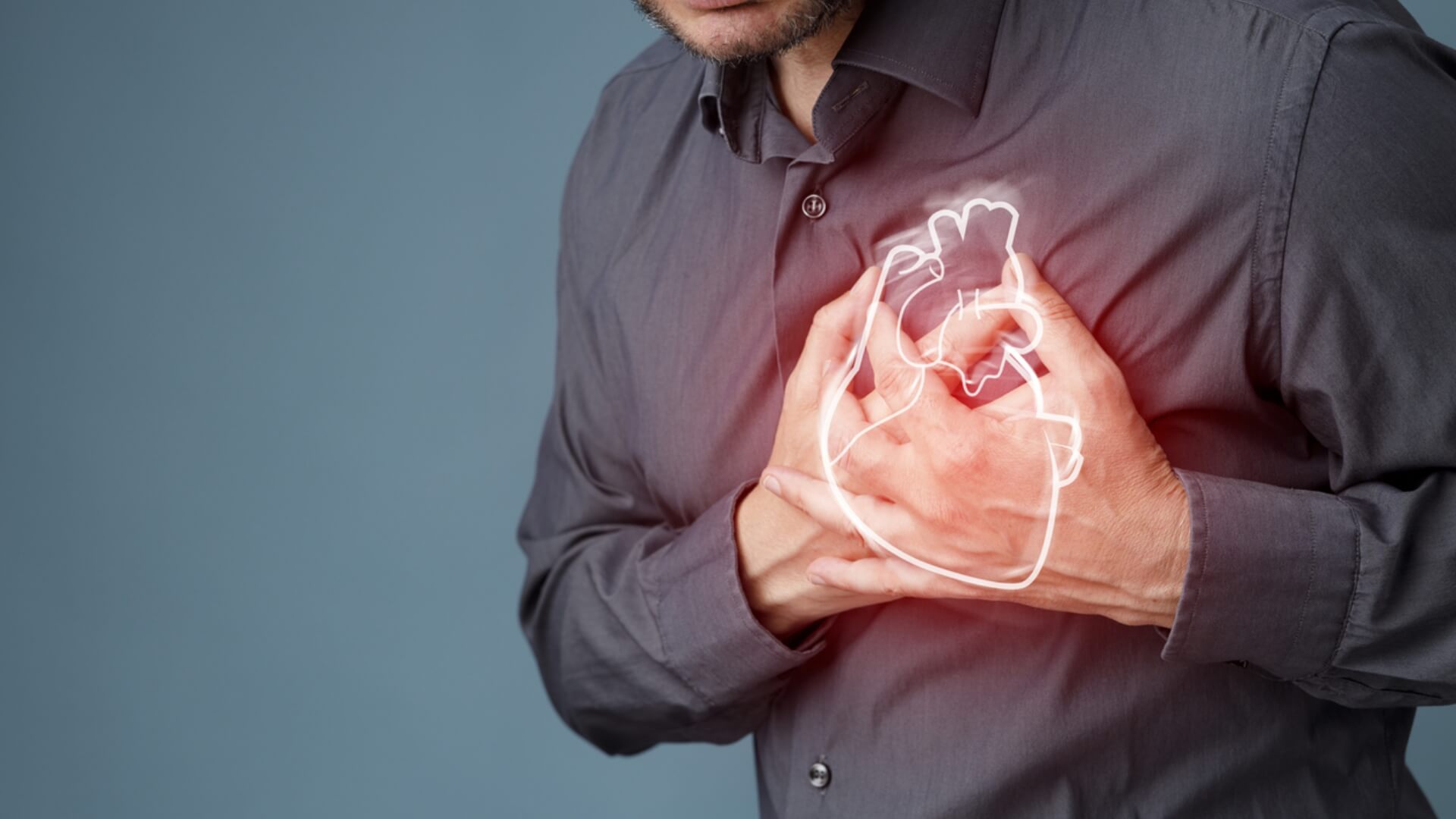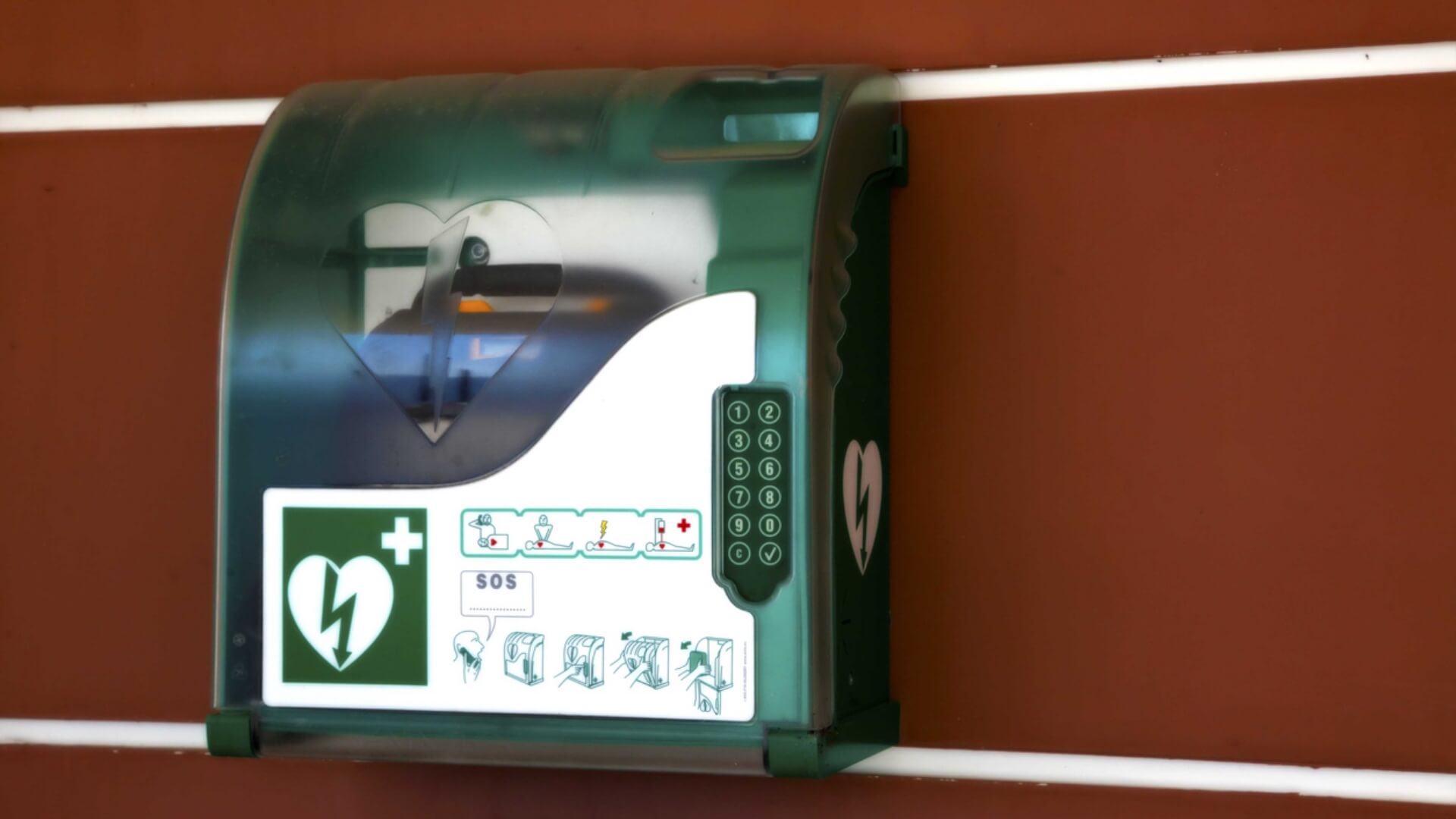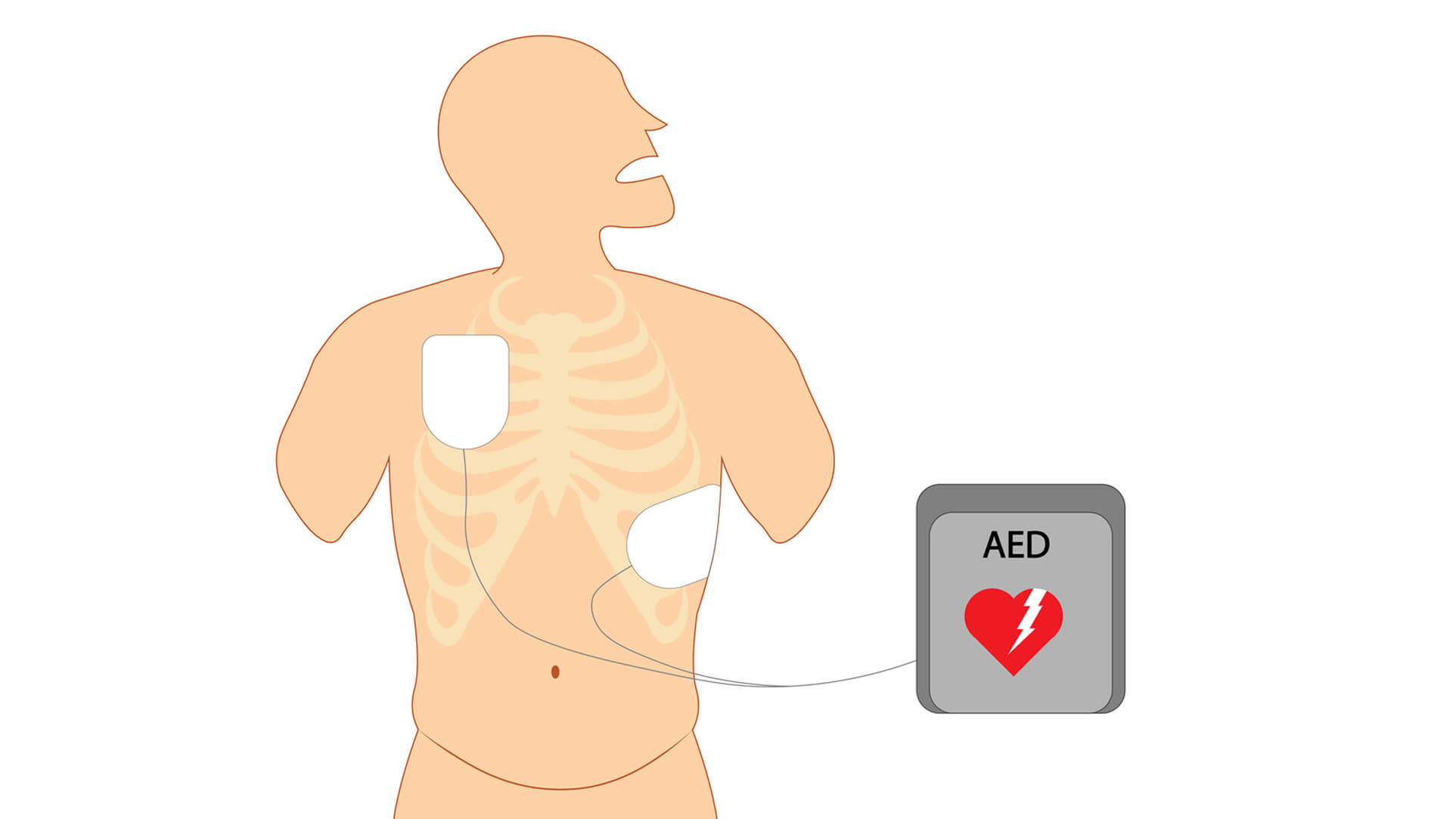-
 Written By
Prabakar Mahalingam
Written By
Prabakar Mahalingam
- Published
Stroke & Cardiac Arrest: What’s the Difference and Why It Matters

Knowing the difference between a stroke and cardiac arrest is vital. Both are serious emergencies, and every second counts. Cardiac arrest and heart attacks often get confused. Yet, strokes have their own warning signs. Knowing how these conditions differ helps you react quickly in a crisis. This can greatly boost survival chances when every second matters.
What is a stroke?
A stroke occurs when blood flow to the brain stops. This interrupts oxygen and nutrient supply, which the brain needs to function normally. A stroke is different from a heart attack. While a heart attack harms the heart, a stroke affects the brain. It’s often called a “brain attack.”
A stroke can happen in various ways. Each type disrupts blood flow to the brain, cutting off vital oxygen and nutrients.
Ischemic Stroke
Ischemic strokes, the most common type, occur when a clot blocks a vessel carrying blood to the brain. Blockages can form from fatty deposits in artery walls. This reduces blood flow, which can lead to serious brain damage if not treated quickly.
Hemorrhagic Strokes
A hemorrhagic stroke happens when a weak blood vessel in the brain bursts. This often comes from high blood pressure, aneurysms, or vascular malformations.
Transient Ischemic Attack (TIA)
A transient ischemic attack, or mini-stroke, quickly cuts off blood flow to the brain. It doesn’t cause lasting damage. Though temporary, it serves as a critical warning sign of a potential stroke soon.
The consequences of a stroke.
A stroke quickly cuts off oxygen to the brain. This lack of oxygen kills brain cells. Without fast treatment, it can lead to lasting damage or even death. Immediate medical attention can restore blood flow and greatly improve recovery.
The CDC says strokes are the fifth leading cause of death in the U.S. They cause about 150,000 deaths each year. While anyone can be affected, the risk rises sharply with age, doubling every ten years after 55.
Symptoms of a stroke.
Stroke symptoms differ from cardiac arrest. They usually start with a sudden, severe headache. You may also feel sudden weakness or numbness, often on one side of your body.
Quick recognition of a stroke can save lives, and the F.A.S.T. method offers an easy way to identify the warning signs. At the first sign of these symptoms, calling emergency services immediately is essential.
- F – Is their face drooping on one side? If you ask them to smile, is their smile lopsided?
- A – If you ask the person to lift their arms, does one arm drift downward?
- S – Is their speech slurred or difficult to understand?
- T – It’s time to call 911!
How a stroke is different from cardiac arrest.
Cardiac arrest is not the same as a stroke. It occurs when an electrical failure stops the heart. This can be deadly without quick help. Cardiac arrest is different from a stroke or heart attack. Strokes and heart attacks occur from blocked blood flow. Cardiac arrest is different; it occurs when the heart stops suddenly. Yet, a severe heart attack can sometimes lead to cardiac arrest.
Sudden cardiac arrest happens when the heart stops pumping blood. This cuts off oxygen to the body’s organs. Brain cells start to die within minutes. Yet, CPR can keep blood flowing until defibrillation restores the heartbeat. This helps lower the risk of severe damage or death.
How an AED can help with cardiac arrest.
An AED, like the HeartSine Samaritan PAD 350P or Philips HeartStart FRx, can save lives in a cardiac arrest. Using it quickly helps restore a normal heart rhythm. Fast action can be the difference between survival and loss.
Sudden cardiac arrest can happen suddenly. When symptoms show up, treat them as an emergency. Act fast to save a life.
- The person collapses
- The person is unconscious and unresponsive
- The person is not breathing
- The person has no pulse
In some cases, subtle warning signs can show up before cardiac arrest. This gives a short time to take action.
- Shortness of breath
- Chest discomfort
- Palpitations
- Weakness
If a person shows signs of a stroke or cardiac arrest, call 911 without delay. If they’re unresponsive and not breathing, start chest compressions. Have someone else get the AED.
Risk factors for cardiac arrest and stroke.
Stroke and sudden cardiac arrest are separate issues. Still, they frequently come from the same risk factors.
- Smoking
- High blood pressure
- High blood cholesterol
- A sedentary lifestyle
- Type 2 diabetes
- Obesity
To reduce the risk of stroke and heart attack, avoid smoking, stay active, and eat a heart-healthy diet.
If a family member has heart disease or an irregular heartbeat, your risk of stroke or cardiac arrest goes up. So, early screening and preventive care are very important.
Know the signs and save a life.
Stroke and sudden cardiac arrest can be deadly without quick treatment. Spotting warning signs early allows you to get life-saving help in time.
If you suspect someone is in danger, call 911 right away. If someone is unconscious, start chest compressions right away. Quick action can save a life.
FAQs
What is the difference between a stroke and cardiac arrest?
A stroke occurs when blood flow to the brain is blocked or interrupted. Cardiac arrest happens when the heart suddenly stops beating.
What are the early signs of a stroke?
Common warning signs are sudden numbness or weakness on one side of the body, trouble speaking, loss of balance, and a severe headache.
What are the symptoms of cardiac arrest?
Cardiac arrest can happen suddenly. It may lead to collapse, no pulse, no breathing, and loss of consciousness.
Can a heart attack lead to cardiac arrest?
Yes. A heart attack may cause cardiac arrest when the heart’s electrical system fails.
How can I reduce my risk of stroke and cardiac arrest?
Stay active. Eat a heart-healthy diet. Avoid smoking. Get regular health screenings, especially if heart disease runs in your family.
What should I do if someone collapses and is not breathing?
Call 911 immediately, start chest compressions, and use an AED if one is available.
Conclusion
Knowing the differences between stroke and cardiac arrest is crucial. Both are serious conditions that need immediate attention. Noticing warning signs, acting fast, and using CPR and AEDs can boost survival rates. Medical emergencies aren’t always avoidable. Yet, living a heart-healthy life and staying informed can lower risks and save lives. Awareness, quick response, and preparedness truly make the difference.

